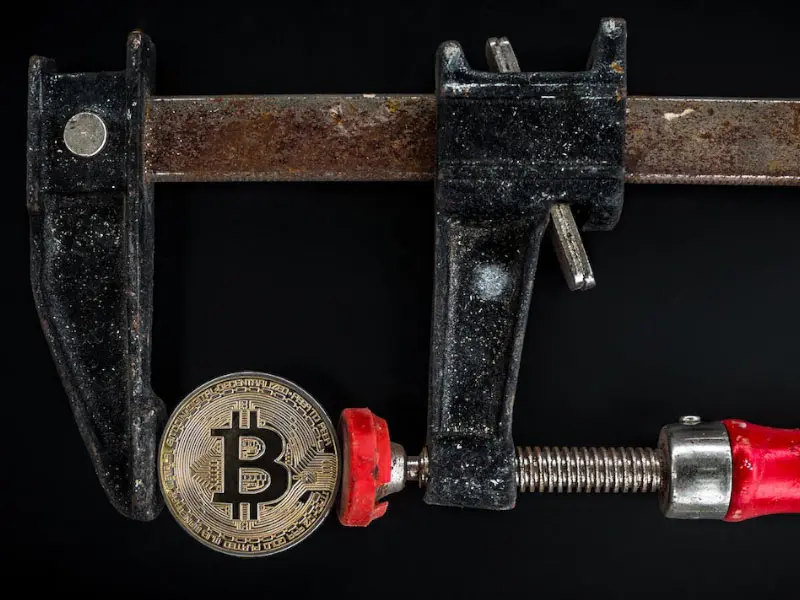
The world of tokenization in the new era
Tokenization is an emerging technology that has transformed the new digital era by democratising access to investments, facilitating the liquidity of illiquid assets (such as real estate or art), reducing intermediation costs and enabling greater transparency and security in financial transactions thanks to its operation through blockchain technology. In this article we analyse what tokenization is, its security, how it works and the advantages it offers.
What is tokenization?
Real-world assets, such as real estate, stocks or works of art, can be digitally represented as tokens on a blockchain or other technology platform through a process called asset tokenization. Each token, which can be bought, sold and traded online, represents a portion of the underlying asset. As a result, investment opportunities become more accessible to all investors, illiquid assets become more liquid and it is easier to invest in investment opportunities.
Asset tokenization is a process that involves the digital representation of real-world assets
How and why is tokenization secure?
Several factors that make tokenization secure:
- Encryption: Even if tokens are intercepted during a transmission or kept in a database, it would be very difficult to decrypt the original information from them due to their strong encryption.
- De-linking of sensitive data: It is no longer necessary to keep sensitive data on unprotected systems thanks to tokenization. To reduce the risk of exposure, the actual data is securely stored in a secure environment.
- Difficulty in reversion: The lack of intrinsic value means that there is no incentive to convert tokens into sensitive data, which discourages attackers.
- Access control: Tokenization systems typically use strict access controls to ensure that only authorised parties can access the original data.
- Regulated tokens: A group of digital tokens with a particular use or utility on a specific blockchain platform or network. They are mainly used as a store of value or medium of exchange, unlike cryptocurrencies such as Bitcoin or Ethereum. In order to allow investment in these tokens, in the case of Spain, prior regulation by the CNMV is required, increasing the investor's sense of security.
How does tokenization work?
Asset tokenization is a process that involves the digital representation of real-world assets, such as real estate, stocks, art, or even traditional financial assets, by creating digital tokens on a technology platform and the process is as follows:
First, the asset to be tokenized must be identified. Once identified, tokens are created, where digital tokens representing ownership or participation in the asset will be issued. Each token represents a fraction of the underlying asset and usually has a value equivalent to that fraction.
Once the tokens have been created, they are recorded on a blockchain, thus providing security and transparency for transactions. It is then, when an initial offering or, better said, Token Offering is made, where these tokens are offered to investors or interested buyers through ICO (Initial Coin Offering). Investors will be able to buy these tokens as a form of investment in the underlying asset. From now on, tokens can be transferred and traded on specialised secondary markets or exchanges, thus enabling the liquidity of assets that are not normally liquid.
Token holders may have rights and benefits associated with the underlying asset, such as receiving dividends and/or having voting rights. Tokenization is often subject to financial and securities regulations in various jurisdictions and it is therefore particularly important that token issuers comply with the regulations in place to ensure the legality of their offering. In addition, the custody of the assets is often the responsibility of custodians, or digital custodians, who ensure the security of the physical assets associated with the tokens.
tokenization applications
tokenization encompasses a variety of scenarios and use cases that provide the possibility for a multitude of investors to obtain returns in sectors where they may not have had access before, for example:
- Real estate: Allows the fractionalisation of property, which facilitates investment in real estate and provides liquidity to liquid assets.
- Finance and capital markets: Financial assets such as equities, bonds and derivatives can be tokenized, simplifying trading and negotiation.
- Supply chain and logistics: Throughout the supply chain, tokenization is used to track and confirm the authenticity of goods and materials.
- Art and collectibles: It is possible to tokenize priceless items, such as works of art, to enable investment and shared ownership.
- International trade: It streamlines customs procedures and facilitates international trade by tokenizing assets and related documentation.

Benefits of tokenization
Asset tokenization offers a number of benefits that can be applied in a variety of sectors and scenarios. Some of the benefits are:
- Increased Liquidity: Assets that are normally illiquid, such as real estate or private equity investments, can now be traded on secondary markets thanks to tokenization. As a result, investors can now buy and sell assets more quickly and easily.
- Democratic access to investments: It makes investments more accessible to people who previously could not get them because they were not institutional or did not have a high net worth. Anyone can buy tokenized assets in small amounts, which promotes inclusive investment.
- Portfolio diversification: By purchasing a variety of tokenized assets, investors can diversify their portfolios and reduce the risk of focusing on a single type of investment.
- Transparency and audit: All transactions and ownership changes are recorded transparently and securely thanks to the underlying blockchain technology. As a result, asset management is more reliable and auditing is simplified.
- Increased market efficiency: By streamlining the acquisition and disposal of assets, it is possible to establish more efficient markets and potentially price things more accurately.
- Increased global accessibility: Tokenization makes it possible to invest across borders and can increase access to global assets, which is advantageous for investors around the world.
- Security and protection of ownership: By using state-of-the-art cryptography, tokenization minimises the risk of fraud and legal disputes by guaranteeing the ownership and authenticity of assets.
- Automation of smart contracts: It is possible to automate the execution of particular agreements and rules related to ownership and revenue sharing thanks to smart contracts embedded in tokenization.
What are the laws applied in Spain for tokenization?
The General Data Protection Regulation (GDPR) and the Organic Law on the Protection of Personal Data and Guarantee of Digital Rights (adaptation of the EU GDPR to the Spanish framework) cover most of the cases applicable to tokenization and data protection. To protect the privacy and security of individuals, these laws establish obligations and responsibilities for organisations that handle personal data, including tokenized data.
In short, tokenization is a powerful tool for enhancing security and privacy in the digital age.

